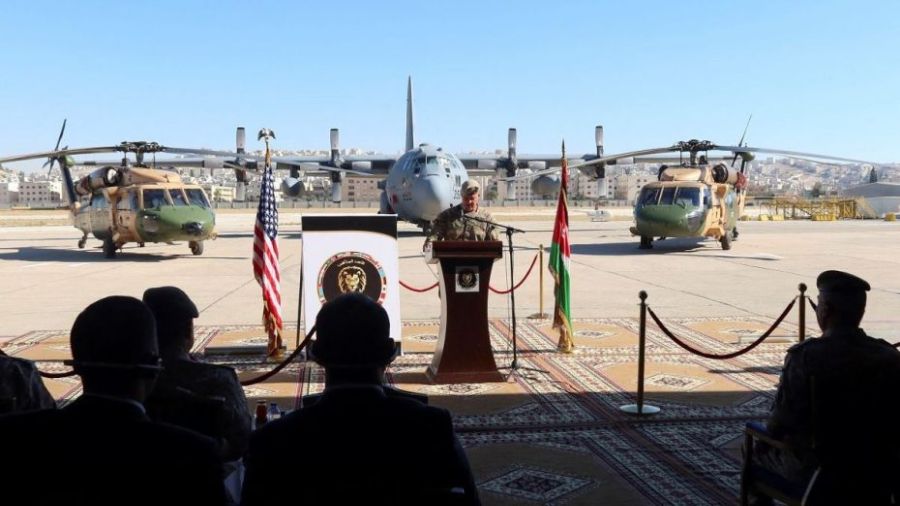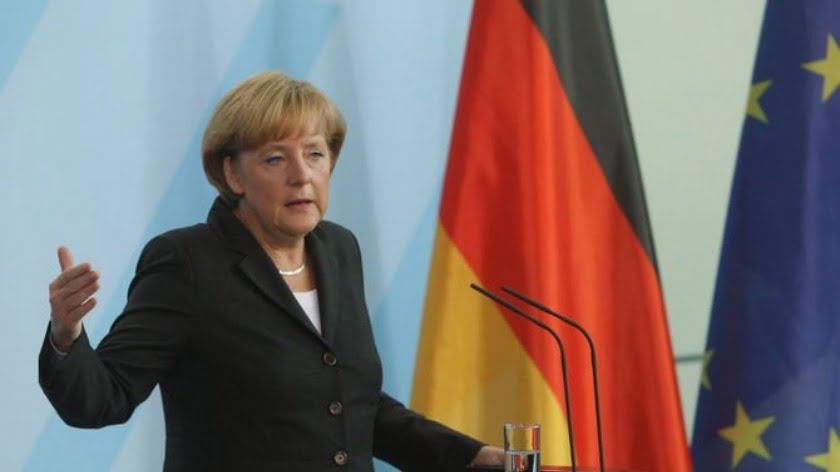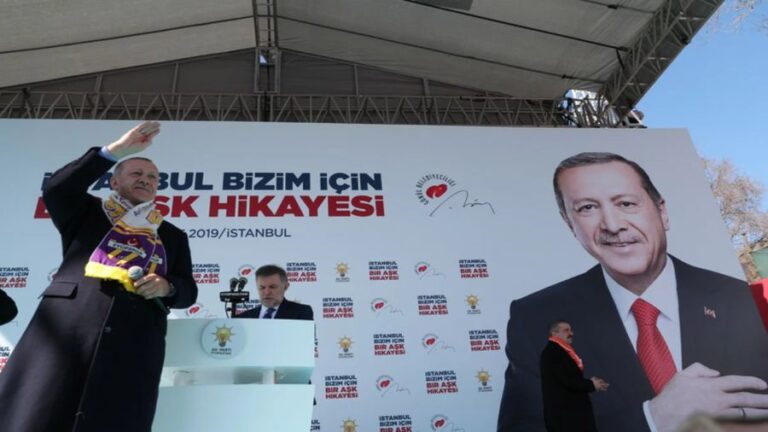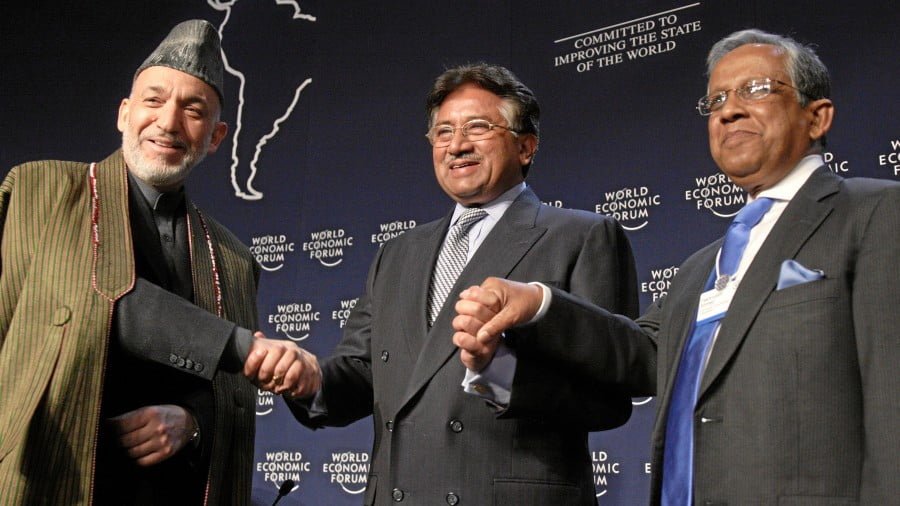U.S. and Turkiye Keep Idlib a Terrorist Safe Haven
The Biden administration should develop a plan with Turkey and Russia to bring Idlib under the control of the Syrian government.
On October 10, a U.S.-led coalition drone strike killed an IS terrorist in northeastern Syria. The terrorist was riding a motorcycle in a village occupied by Radical Islamic mercenaries employed by Turkey near Tel Albyat. Since the defeat of ISIS in Syria in 2019, the terrorist group now referred to as IS has some sleeper cells in the desert, and is especially prevalent in Idlib, which is protected by Turkey, and supplied with humanitarian aid by the United Nations.
IS terrorists killed in Syria by the U.S.
On October 6, the U.S. Central Command (CENTCOM) issued a statement saying that U.S. helicopters descended on Muluk Saray village in Hassakeh province, near Qamishli, and deployed U.S. commandos who killed a member of IS and wounded and captured others. Rakkan Wahid al-Shammri, an IS official known to facilitate the smuggling of weapons and fighters, were killed and one of his associates was wounded and two others were detained by U.S. forces. The two men taken into custody are an Iraqi national and a commander of a “military security faction.” The area is partly held by the Syrian Arab Army, and the U.S.-partnered Syrian Democratic Forces (SDF). According to residents, three U.S. helicopters carrying troops landed in the village after midnight and told residents by loudspeaker to stay indoors and keep their lights off with the operation lasting several hours.
Also on October 6, the U.S. military launched a precision airstrike just after 6 p.m. local time in northern Syria, killing two more high-ranking IS officials. CENTCOM said the strike killed Abu ‘Ala, described as one of the terror group’s “top five,” who served as the deputy leader of IS in Syria. A second IS official, Abu Mu’Ad al-Qahtani, said to be responsible for prisoner affairs, was also killed.
In June, U.S. forces captured an IS bomb-maker in an Aleppo area village controlled by Turkish-backed terrorists, the same group that is in Idlib.
Also in June, U.S. forces captured Hani Ahmed al-Kurdi, described as an IS senior leader, during a helicopter raid in Jarablus, in northwestern Syria, not far from Idlib.
On July 12, the U.S. said a drone strike near Jindayris, in northwestern Syria, had killed another “top five” IS leader, Maher al-Agal, described as the terror group’s top Syrian official.
In February 2022, Abu Ibrahim al-Hashimi al-Qurayshi was killed in Idlib. His real name was Amir Mohammed Saeed Abdul-Rahman al-Mawla, an Iraqi born in 1976 and believed to be an ethnic Turkman from the northern Iraqi town of Tel Afar. He was staying in the town of Atmeh, in Idlib province near the border with Turkey. The raid on the house killed him and 12 other people, including four women and six children. U.S. helicopters landed in the area carrying special forces and an explosion shook the area. The U.S. says al-Qurayshi played a key role in targeting Iraq’s Yazidi religious minority.
In October 2019, Abu Bakr al-Baghdadi, the head of ISIS was killed by a special U.S. military operation ordered by President Trump. Baghdadi was also killed in Idlib, in the village of Barisha on the Turkish border. Both of the top IS leaders sought shelter in the northern province of Idlib, controlled by Hayat Tahrir al-Sham (HTS), the former al Qaeda affiliate in Syria.
Who controls Idlib?
The U.S. has provided $1.5 billion in humanitarian assistance in Syria in 2022 alone, but that aid is strictly within those areas occupied by terrorists, such as Idlib, and some aid going to the SDF. Syria is a big country, and 96% of the residents have never received even a loaf of bread from the U.S. because the vast majority of the Syrian territory is under the administration of the central government in Damascus.
Idlib has replaced Pakistan as the favored safe haven for terrorists, as evidenced by the high-profile IS and al Qaeda terrorists having been killed by the U.S. there. The head of IS, Baghdadi, was living near an HTS checkpoint and a Turkish military outpost.
James Jeffrey, a special envoy for Syria under former U.S. President Trump, saw HTS as an asset. Jeffrey told PBS in an interview that while the group would remain listed as a terrorist organization, it was not on the United States’ target list. This statement serves as evidence of the double standards the U.S. uses when dealing with, and utilizing terrorists as an American tool.
Aaron Stein, director of research at the Foreign Policy Research Institute, said “I think the general assessment is HTS is made up of jihadists that have American blood on their hands.”
Daniel Milton, director of research at the Combating Terrorism Center at the U.S. Military Academy, said the fact that two IS leaders had been hiding out in Idlib “ought to cause us to reassess how we are thinking about the relationships between these [HTS, al Qaeda, and Islamic State] groups.”
The U.S. policy has been to facilitate the provision of humanitarian aid to 3 million Syrians under HTS occupation in Idlib while letting Turkey manage all sorts of terrorist groups.
Turkey coordinates and cooperates with HTS, and is not targeting either al Qaeda or IS, and experts feel that there is no solution to Idlib but to eliminate all the terrorists. However, the U.S. is opposed to any military action to liberate Idlib from terrorist control.
The Kurds and al-Hol prison
Kurdish-led Syrian Democratic Forces (SDF) are military allies of the U.S. in northeastern Syria. The SDF administers a displaced-persons camp and the attached al-Hol prison holding IS terrorists. In January 2022, IS attacked the al-Hol prison to free jailed comrades, leading to a 10-day battle with the SDF that left some 500 dead.
Saleh Moslem, a politician from the Kurdish Democratic Union Party, spoke to Foreign Policy and said that according to the SDF most of the hundreds of fighters from the group who recently attacked al-Hol prison crossed over from HTS-controlled Idlib to free their fellow terrorists. “HTS is the remains of ISIS,” said Moslem.
The SDF and Turkey are enemies; however, the U.S.-sponsored SDF fought and died in the battles to defeat ISIS. Turkey supports and protects HTS in Idlib, which follows the same ideology and agenda as IS. “HTS should be dismantled,” said Moslem, and added, “The U.S. forces should target HTS too.”
What should be done?
The Biden administration should develop a plan with Turkey and Russia to bring Idlib under the control of the Syrian government. The U.S. support and protection of terrorists following Radical Islam should stop. The U.S.-NATO attack on Syria for regime change, which began in 2011, has failed. It is time to allow the Syrian people to rebuild their lives free of protected terrorist enclaves.







